|
One of the greatest honors you can receive at the Jackson Wild Media Awards is our Grand Teton Award, which goes to the best film in the entire competition. Over the years, the Grand Teton Award has gone to some absolutely amazing films. Let's take a trip down memory lane and take a look at our past winners over the years: 1991: "Here Be Dragons" (National Geographic)
1993: "Eternal Enemies" (National Geographic)
1995: "Life in the Freezer: The Big Freeze" (BBC)
1997: "Natural World: People of the Sea" (BBC)1999: "Vision Man" (Swedish Film Institute)
2001: "Mzima: Haunt of the Riverhorse" (National Geographic)
2003: "Cultured Ape" (Scorer Associates)Primatologist Frans de Waal claims that apes share with us the most precious jewel in our evolutionary crown: culture. This 60-minute film explores the remarkable depth of similarity between ourselves and our nearest relatives – apes. 2005: "Homeland: Four Portraits of Native Action" (Katahdin Productions)
2007: "Galapagos: Born of Fire" (BBC)
2009: "Green" (Tawak)
2011: "Broken Tail" (Crossing the Line Films)
2013: "On a River in Ireland" (Crossing the Line Films)
2014 (Science Media Awards): "Particle Fever" (PF Productions, LLC & Anthos Media, LLC, USA)2015: "Jago: A Life Underwater" (Underdog Films)2016 (Science Media Awards): "David Attenborough's Light on Earth" (Terra Mater Factual Studios/Ammonite Films, CuriosityStream, with BBC, UKTV, ABC Australia)2017: "The Ivory Game" (A Netflix Documentary, Terra Mater Film Studios and Vulcan Productions)
2018 (Science Media Awards): "Laws of the Lizard" (Day's Edge Productions for Smithsonian Channel)
In summary, the Grand Teton Award winners have compelling story lines that explore the complex issues that develop between people and the natural world – uncovering the unflattering side of both of these worlds. Big production companies, like BBC and National Geographic, have taken home quite a few of these awards over the years. However, Grand Teton Awards have gone to independent production companies on many occasions as well, which is very impressive especially when they are running up against veteran, power companies like National Geographic. It goes to show that this competition truly celebrates the best of nature storytelling, no matter the source or the budget that goes into the project.
We can't wait to see who will take home the Grand Teton Award in 2019!
0 Comments
We reached out to our festival filmmakers to ask them five questions about the experience of making their films.
Whale Wisdom Trailer from Jackson Wild on Vimeo. What inspired this story? Director and Cameraman Rick Rosenthal: After filming whales for many years, I felt it was time to tell a different story- one that would focus on whale intelligence, and ask the question- how smart are whales? Were there any surprising or meaningful experiences you want to share? RR: Yes. We did not expect to film (1) Humpback whales outsmarting humans to get what they want, (2) Gray whales surfing, (3) Sperm whales playing ball and (4) Killer whales catching the dangerous Whiptail sting ray. What impact do you hope this film will have? RR: I hope that we will finally accept the fact that there are highly intelligent species in the ocean that are capable of figuring out complex problems, with feelings not unlike our own. There is much more to whale behavior than just instinct. Learning and passing on knowledge is a key component of whale behavior and it’s one of our definitions of culture. Describe some of the challenges faced while making this film. RR: One of the main challenges were uncertainties with weather, especially in working out in the open ocean. There were also difficulties in getting reliable information about the location of the whales, and challenges with having the budget to spend enough time in the field to capture the behavior. What drove you as a filmmaker to focus on our oceans and marine life? RR: I have spent more than 50 years doing research and filming marine life, so it was a natural to tackle this subject.
We reached out to our festival filmmakers to ask them five questions about the experience of making their films.
What inspired this story? Producer Catherine Brookes: Conservation at the community level allows people and wildlife to thrive alongside one another and is vital in the protection of our planet. I wanted to tell a story that perfectly exemplified the positive impacts that such initiatives can create. When I first learnt about the work of this amazing all-female sea turtle conservation team, I knew their story had to be shared. The results of their efforts have not come easy and their journey to running a successful sea turtle hatchery is compelling, inspirational and a story that I hoped would resonate with a wide audience. What impact do you hope this film will have? CB: As awareness rises about the devastating impacts that ocean plastics and climate change are having on our marine species, a lesser-known threat is often overlooked. This film aims to shed light on the vast-scale issue that is the poaching of sea turtle eggs, as well as giving recognition to an incredibly dedicated team of conservationists. This community has found a successful formula that is benefitting both their people and their wildlife. I hope this film can inspire more charities and NGOs to replicate this model worldwide. I also hope to encourage and empower more women to break stereotypes and pursue their passions. This film has given Barra de Santiago's women a chance to speak out about their experiences and shed light on the importance of women in science and conservation. What drove you as a filmmaker to focus on our oceans and marine life? CB: This is a critical time for preserving our oceans and marine life. The world's oceans and the delicately balanced ecosystems within them are essential to life on earth. The rate at which they are being depleted and polluted is alarming. Raising awareness about the threats facing our marine environment is an important step in its protection, and storytelling through the medium of film is a powerful tool for spreading conservation messages. As a biologist who has long been captivated by the ocean and its wildlife, I was excited to create something that could inspire a deeper interest in marine conservation in others.
We reached out to our festival filmmakers to ask them five questions about the experience of making their films.
The Edge Trailer from Jackson Wild on Vimeo. What inspired this story? Director and Producer Carlos Toro: I became inspired by Joe Romeiro's story of going from someone who was very interested in marine wildlife, specifically sharks and to what extent that passion eventually manifested itself in his life. This is also a story of how our passions tend to weave themselves into our lives. The Edge is a story of what it looks like to allow your passions to drive you to the cusp of what is being done in a given field. The narrative is further pushed by the dark, elusive nature of the footage and ultimately communicates a message of our role in this world and how we can co-habitat this space, respectfully. Describe some of the challenges faced while making this film? CT: The main challenge of this film was to focus on a very narrow sliver of a particular style of footage; night time, dark footage and make that interesting enough to tie in our narrative objective into that. Another, much more practical consideration was having to get the shots completed in a such a short time frame. How do you approach science storytelling? CT: Our approach at Steer Films is to reexamine information or subject matter that is taken for granted and apply our lens to it and show its true, remarkable nature. What impact do you hope this film will have? CT: Ideally, the film will cause people to reflect and reconsider what our role is as stewards of this planet. Specifically, for shark enthusiasts we hope it's a subject matter that we have wrapped in enough interesting footage for it to be appreciated by a wider audience. Were there any surprising or meaningful moments/experiences you want to share? CT: The most meaningful moments appeared in hindsight. How we connected with the protagonist, Joe Romeiro. The way the shoot came together in a such natural, but powerful way and ultimately how well the piece has been received. Anything else you would like people to know? CT: We believe that deep scientific insights need to be translated into a visceral, emotional experience. We all learn more about ourselves by what's being revealed every day by new discoveries and the work being done in many exciting fields. Our goal is to work with organizations and people who are deeply passionate about their respective field of study and be able to bring their stories to the masses. What next? CT: Our team at Steer Films has recently successfully completed production on two recent TV programs for Discovery and National Geographic. We are currently working on a TV project that we were able to spearhead from it's inception and look forward to seeing it debut next year on Discovery channel. We're also looking forward to collaborating with researchers, scientists and other passionate actors in the very near future. Five Questions for Filmmakers: The Deepest Dive in Antartica Reveals a Sea Floor Teeming with Life3/14/2019
We reached out to our festival filmmakers to ask them five questions about the experience of making their films.
What inspired this story? Field Producer Erika Jarvis: The Northeast Canyons and Seamounts is a marine national monument designated in 2016, the only one in the Atlantic Ocean. This area has been known to fishermen, marine biologists, and MA seafarers for decades as a particularly abundant part of the world, due in part to its enormous underwater canyons and tall underwater mountains (which become aggregation points for life in the ocean). However, on April 26, 2017, an Executive Order was signed that threatens to carve up or abolish dozens of National Monuments across the nation, and this area was one of them. As part of a new partnership between OceanX and Bloomberg Philanthropies, we wanted to make sure that people knew not just about the beauty of the corals and marine life in this area, but about its importance for biodiversity and scientific research. Were there any surprising or meaningful experiences you want to share? EJ: Meaningful was experiencing what they mean by “biodiversity hotspot” in person. It was not uncommon to see whales and dolphins on a near-daily basis, as well as large predatory fish like tuna. As for the scientists, they got to see things that are incredibly rare and valuable to experience in person, since access to manned submersibles like those aboard OceanX’s Alucia is still relatively uncommon. In this case, they toured mountainous walls of corals, some which are hundreds of years old. What impact do you hope this film will have? EJ: The film was recently screened at a Congressional Briefing in Washington on the importance of national monuments. Dr. Tim Shank, of Woods Hole Oceanographic Institution, was the chief scientist on the mission, and he explained it beautifully on the day: “There are key places in our ocean that allow magnificent leaps in our understanding of the oceans, and it’s important to communicate this to public and policy-makers.” From a general audience perspective, it is good to remind people that coral reefs are not these distant, vacation-destination lifeforms, but that they are growing and thriving within striking distance of the most heavily populated parts of our nation, and that they are part of our shared natural heritage. Describe some of the challenges faced while making this film. EJ: We embarked on the mission just as Hurricane Florence began forming in the Atlantic. It was a series of darted trips out to the open ocean for dives, then back behind the safety of the Cape Cod peninsula to wait out the huge swell. Luckily, our captain and crew are extraordinarily safety oriented, so we were never at risk, but it did limit the number of exploratory dives we could make.
We reached out to our festival filmmakers to ask them five questions about the experience of making their films.
SHARK GIRL Trailer from Jackson Wild on Vimeo. What inspired this story? Producer, Director and Writer Gisela Kaufmann: We’ve been producing underwater documentaries for over 15 years and had just completed a one-hour special on manta rays, when we saw a passionate Facebook post from a young Australian shark campaigner, Madison Stewart, who was pleading to save sharks in the Great Barrier Reef (GBR). We were surprised to learn about the legal shark fisheries in the GBR and after meeting Madison in person, we were very impressed by her passion, knowledge and foresight. There are so many, often sensationalized shark films out there, we never thought we would enter these murky waters. Yet meeting Madison changed all this. Here was a remarkable young person: instantly engaging, free-spirited yet fully focused, and deadly serious about her life’s mission to save her ‘family’, as she calls sharks. With Madison we could tell an entirely different story, a very personal one that would be thought provoking and have an impact on people who might not care about these animals and their cruel fate. What impact do you hope this film will have? GK: After the release of the film Australia’s biggest seller of fresh shark meat, Woolworths, was inundated with emails and Facebook messages and has since stopped its sale. However the company has not (yet) released an official statement confirming they will stop selling fresh shark meat for good. Through continued campaigning Madison has managed to have at least two smaller Australian supermarket chains withdraw shark meat from sale and confirm they will not bring it back. For the first time, Australian health authorities have agreed to meet with Madison to discuss the potential danger of shark meat for human consumption. We hope that our film will continue to help change awareness for the plight of our oceans and the protection we need to grant its apex predators, sharks, which are so tremendously misunderstood and misrepresented. Describe some of the challenges faced while making this film. GK: Environmental films often touch on political issues and with that a whole range of challenges arises. Our key challenge throughout the film was getting people to participate who are part of the legal shark trade in Australia - fishermen, middlemen, wholesalers, fish traders/shops, fishery departments, even health departments - all of them declined or ignored our invitation to participate, repeatedly, even though this program was for Australia's public broadcaster. We often had to resort to 'undercover' filming e.g. in fish shops and markets, and in the end were lucky to find one shark fishermen willing talk to us, but only because we tracked him down on location and the personal contact made it possible. Surprisingly, the majority of scientists who work on shark populations in the GBR also declined our invitation to participate, even though we do have a long-standing and very positive track record with the science community (e.g. previous film PROJECT MANTA received Australia's annual award for Best Science Journalism). Anything 'shark' is a hot topic in Australia, most of the research is funded by the Government (with dwindling funds and lots of job cuts) and it seemed no one wanted to be involved in a film that is in a way against current Government politics (which is pro shark fishing & culling). With a huge amount of effort we managed to get the experts involved, but often they gave us 'political statements' rather than factual ones. Dealing with a political 'hot topic', and a global supermarket chain for that matter, also meant we had to be super diligent with our fact-checks and stay even more on the conservative side than usual. In fact 2 months after delivery of the program, we had to recall it because one broadcaster felt, due to a new development we needed to change one script line; according to our lawyers the line was still fine but probably not as water-tight as initially, yet it was feared that the involved concern could put an injunction on the film. It's the first time in 25 years that we ever had to recall a delivered film, from 3 continents, but there was no choice. Thankfully everything was revised within a few weeks. It was a strong reminder that one needs to have a very healthy legal budget when venturing out into environmental or conservation films. All up it's the most we've ever spent on legal fees. What drove you as a filmmaker to focus on our oceans and marine life? GK: Our oceans are the bases for all live on earth and we’ve always been passionate about this wondrous, fascinating and still little explored yet threatened blue world. We’re very committed to tell our oceans’ stories and plight, hoping to make at least a small difference for their future and protection.
We reached out to our festival filmmakers to ask them five questions about the experience of making their films.
Shark: Episode 1 Trailer from Jackson Wild on Vimeo. What inspired this story? Producer and Director Steve Greenwood: The image of sharks in the media is very negative, yet they are fascinating surprising creatures. So many documentaries focus only one a tiny number of species and I wanted to show the global audience the incredible variety of species and adaptations. Later films in the series showed their adaptations to different life histories and their vulnerability to exploitation. What impact do you hope this film will have? SG: The film has been shown in many countries around the world. I hope it will inspire a new generation of young people to become shark scientists and the wider public to understand that these are remarkable and fascinating features. I also hope it will help to change attitudes amongst those who consume or catch shark. Describe some of the challenges faced while making this film. SG: The team had to film under the arctic ice to find the Greenland shark. It involved cutting a hole in the ice that was over 12 feet thick and the filming team to drop into water that was minus 1 degree centigrade. Diving with only a small exit hole in these conditions requires intricate planning and a lot of skill and bravery.
We reached out to our festival filmmakers to ask them five questions about the experience of making their films.
What inspired this story?
Directors Sharif Mirshak and Noé Sardet: Our series Plankton Chronicles had recently been published online. Christian Sardet and Parafilms had produced 13 short episodes, exploring the beauty of marine life adrift in currents. Meeting Tierney Thys then kickstarted a series of creative collaborations. Deemed “first TED talk ever given by a fish”, Secret Life of Plankton actually launched the TED-Ed platform in 2012. Our team is still united by love and fascination for the underwater world. Describe some of the challenges faced while making this film. SM and NS: Filming predation and odd behaviors in macro is very challenging. Plankton is collected in the ocean with fine-meshed nets and usually filmed in a lab, using petri dishes and aquariums. Some shots were obtained on board the Tara Oceans expedition, but most came from the marine station in Villefranche-sur-Mer in southern France. It’s important to handle plankton carefully and control the environment to ensure their survival. Depth-of-field is incredibly shallow and it can take hours to obtain footage. Our actors give us a hard time! Capturing this amount of plankton images requires luck and patience. What impact do you hope this film will have? SM and NS: Sharing the beauty of marine life can inspire people to protect the ocean. We hope viewers marvel at the wonders of the sea and learn about plankton’s importance for life on Earth. A major source of oxygen and petroleum, plankton captures CO2, regulates our climate and shapes our future. Secret Life of Plankton was our first short in a series called Stories from the Sea, all created with Tierney Thys. After a dead fish, we continued to use unusual narrators (sea urchin larva and toy seahorse) to produce Urchin Odyssey and The Plastic Vagabond. By combining art and science, these educational films will hopefully raise ocean levels of awareness.
We reached out to our festival filmmakers to ask them five questions about the experience of making their films.
Radio Free Orca from Jackson Wild on Vimeo. What inspired this story? Director Andrew Lampard: This project arose from a conversation I had with my colleague Jon O’Beirne. Twenty years ago, when Jon was in college, he wrote to Dr. Paul Spong via fax about serving as a summer intern at OrcaLab. Jon had read about Dr. Spong’s work studying orcas in the wild on Hanson Island, BC, through a complex network of underwater audio devices called hydrophones and video cameras and was inspired to help. Unfortunately, the position was unpaid and the opportunity was too cost-prohibitive for Jon to travel to Hanson Island at the time. When Jon told me his story and how fascinated he was with orcas and their underwater society, it triggered my own memories of growing up on Vancouver Island and learning about these majestic mammals that were my neighbors at sea. I began researching Dr. Spong and discovered that he was now live-broadcasting over the internet the orcas’ calls from his hydrophone network. It was clear Dr. Spong’s novel approach to create empathy for the orcas around the world, combined with his idyllic remote outpost, made for a terrific story. Were there any surprising or meaningful experiences you want to share? Jon and I filmed the story over two days in the summer of 2017. During production, we filmed several pods of whales, some up close from an observatory near Hanson Island, and learned about their various dialects and societal groupings. I was astonished to learn that orcas are the most bonded creatures on the planet in that they stay with their families for their entire lives. What impact do you hope this film will have? By the time we left, Jon and I viewed the orcas as being akin to people, with names, histories, and familial bonds. While a complete documentary could be made about Dr. Spong’s work on Hanson Island, and the incredible group of volunteers who work alongside him, my hope is our story will inspire in our viewers the same sort of empathy we developed at OrcaLab. Describe some of the challenges faced while making this film. AL: As with any project related to documenting the habits of wild mammals, our biggest challenge was getting enough useable orca footage within our two-day time frame at OrcaLab. It's impossible to predict where the orcas will go and when. In addition, capturing sufficient close-up footage was challenging as we did not want to get too close and disrupt the pods. We relied heavily upon the OrcaLab's archive footage library, particularly the incredible work by Megan Hockin-Bennett, a videographer who has spent several summers documenting the pods that visit the waters near OrcaLab. What drove you as a filmmaker to focus on our oceans and marine life? AL: I grew up on Vancouver Island; the orca pods there were my neighbors. In recent years, we've seen mounting, controversy-free evidence that whale watching tours, industrial shipping routes, warming waters and dying ocean ecosystems are taking huge tolls on the vulnerable Orcas. Their population numbers are dropping, and their newborns are dying. At the same time, many people still haven't grasped how dire the situation is. Storytelling might be a way to bring more empathy to the plight of the orcas.
We reached out to our festival filmmakers to ask them five questions about the experience of making their films.
Racing Extinction Trailer from Jackson Wild on Vimeo. What impact do you hope this film will have? Director Louie Psihoyos: My wish is that the film will inspire legions of people to take action so we could avert a disaster like the Earth hasn’t had for eons. We also wanted legislation that would begin to mitigate some of the stresses on endangered species. It seems to be working. The film was seen by 36 million people in 220 countries and territories on the first day it aired. The activism around the film has helped inspire legislation that prevents some of the most endangered species from entering Western U.S. ports. The film also led to the closing down of 6 illegal shark processing plants in China that were harvesting and trafficking endangered sharks. What drove you as a filmmaker to focus on our oceans and marine life? LP: I started the Oceanic Preservation Society with a group of friends who love to dive with the idea that we would create films to inspire people to help save the oceans. We’ve been witnessing the reefs quickly degrading over the last few decades but never really put it together that what we were witnessing was the beginning of a mass extinction event. I’ve photographed several stories on Mesozoic extinction events for magazines like National Geographic, Time and Smithsonian. When I met the provost of The American Museum of Natural History in New York he me told that we at the beginning of a human caused mass extinction event right now called the Anthropocene and that was why we were losing the reefs. The reefs he said were one of the many canaries in the coal mine for a larger catastrophe that is happening right now. I thought that there was no more important issue in the world I could be doing than to alert people to the fact that this was happening. But we didn't want to just create awareness - we wanted to create action. Describe some of the challenges faced while making this film. LP: The whole crew faced danger as shark oil buyers in China. They put themselves in harm’s way time and time again throughout the film but everyone knew the risk. But all these efforts would be pretty meaningless if nobody saw the film or took action. We knew the film wouldn’t be enough to draw attention to the subject so we spent 4-years trying to get permission to light up the Empire State Building with endangered species, an event that we hoped could end the film. In the end that event drew 939,000,000 media views in less than a week and became top trending story on Facebook and Twitter for 4 days worldwide. We thought we couldn’t get any more attention to the subject than that and then Pope called. Pope Francis is named after St. Francis, the Patron Saint of animals and he asked us to light up the Vatican with endangered species during COP 21 to remind world leaders more was at stake with climate change than humans. That event drew 4.4 billion media views and an estimated 225,000 people saw the event live in St. Peter’s Square. |
Archives
March 2024
Categories
All
|
Contact UsJackson Wild
240 S. Glenwood, Suite 102 PO Box 3940 Jackson, WY 83001 307-200-3286 info@jacksonwild.org |

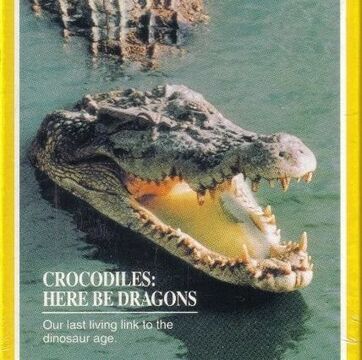
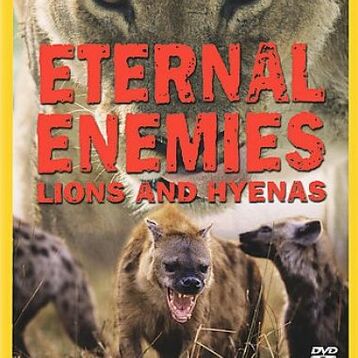
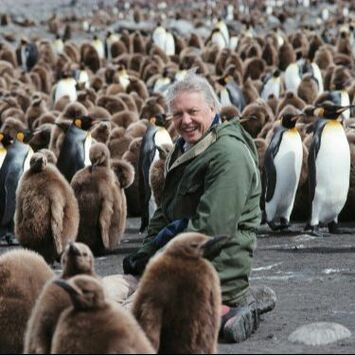
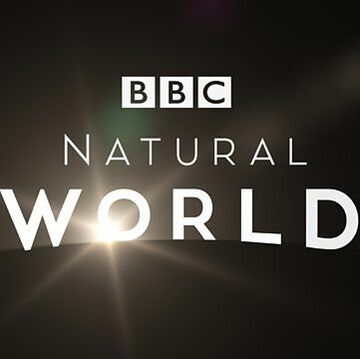
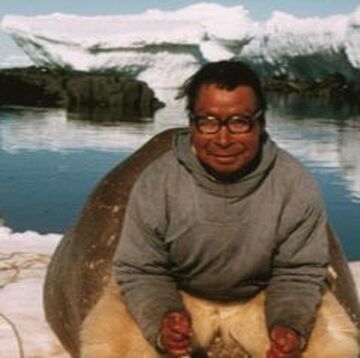
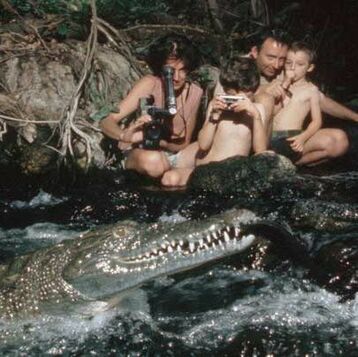
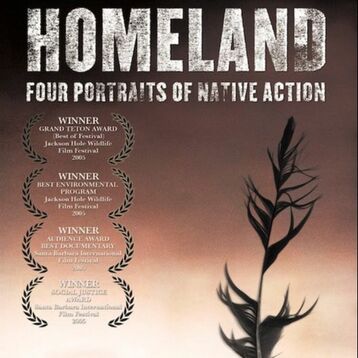
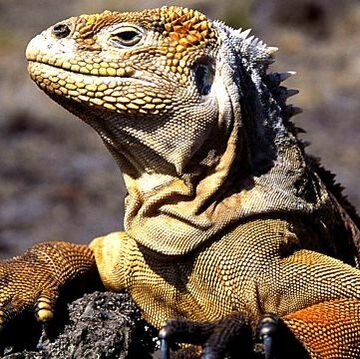
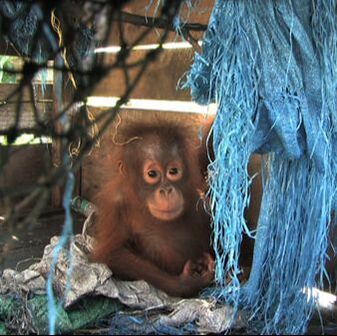
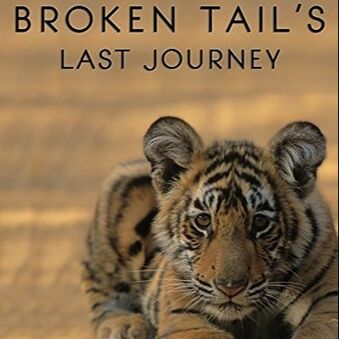
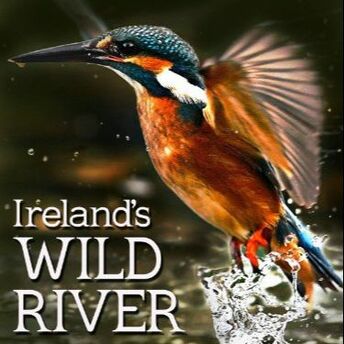
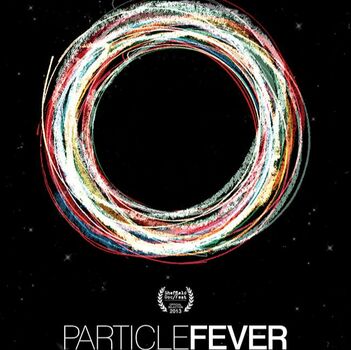
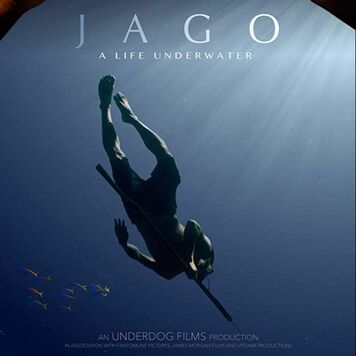
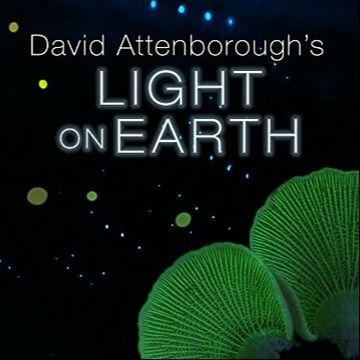
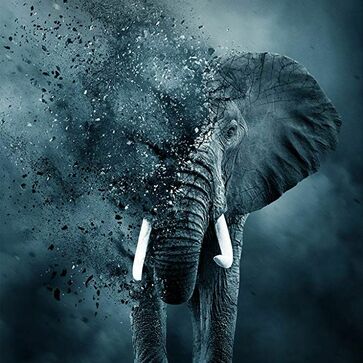
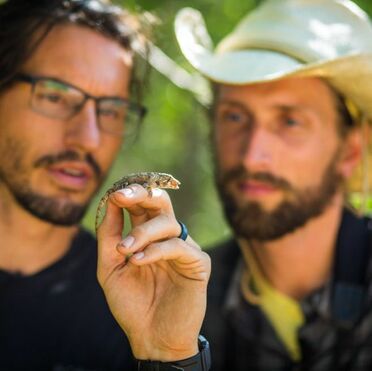
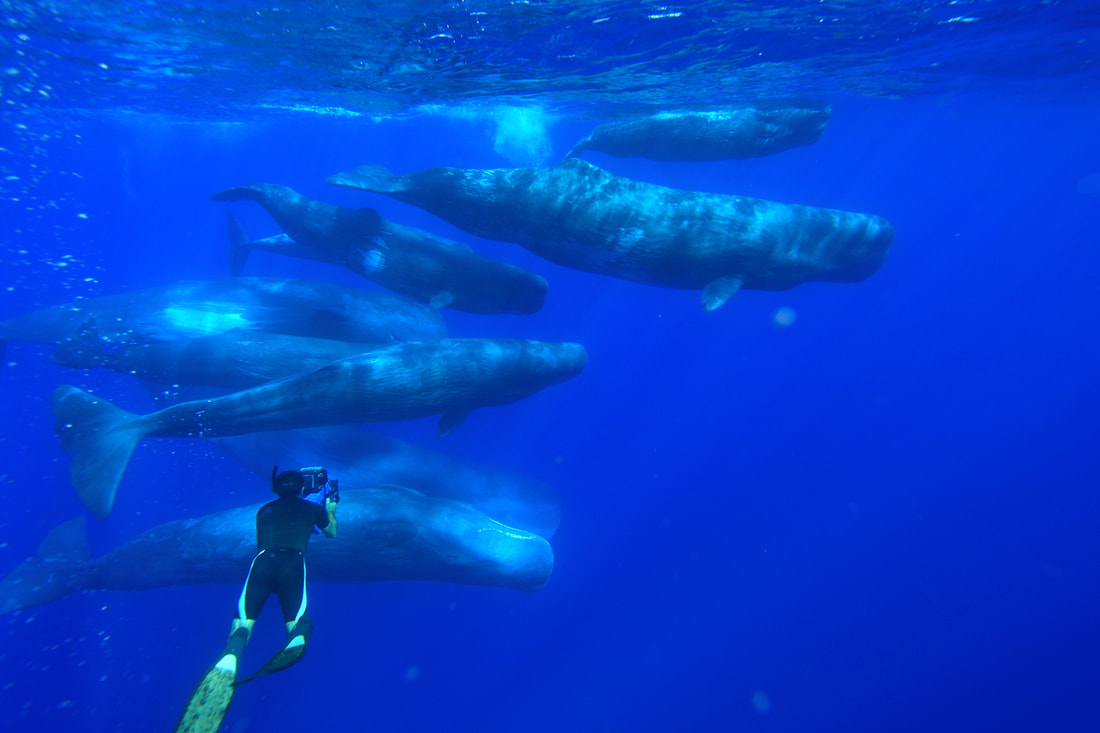
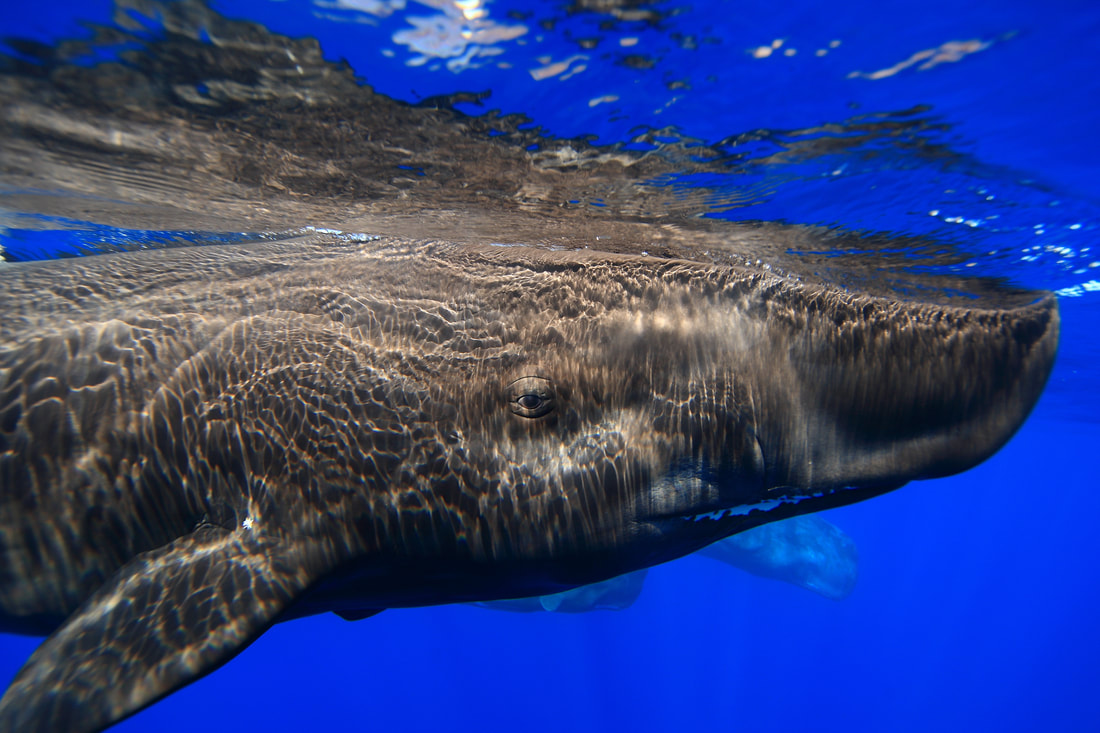
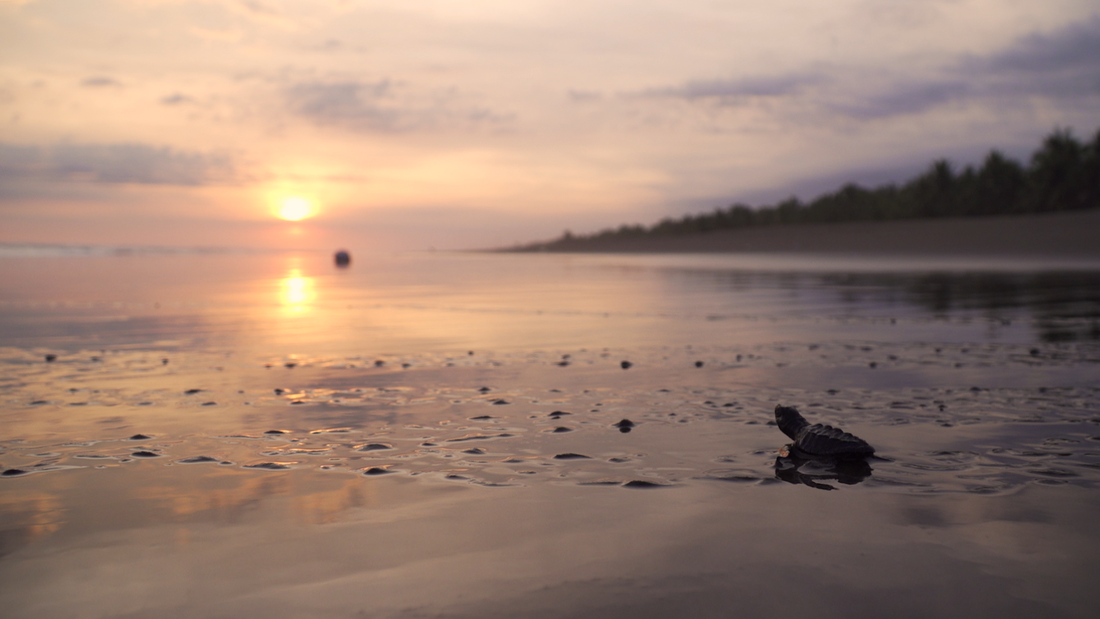
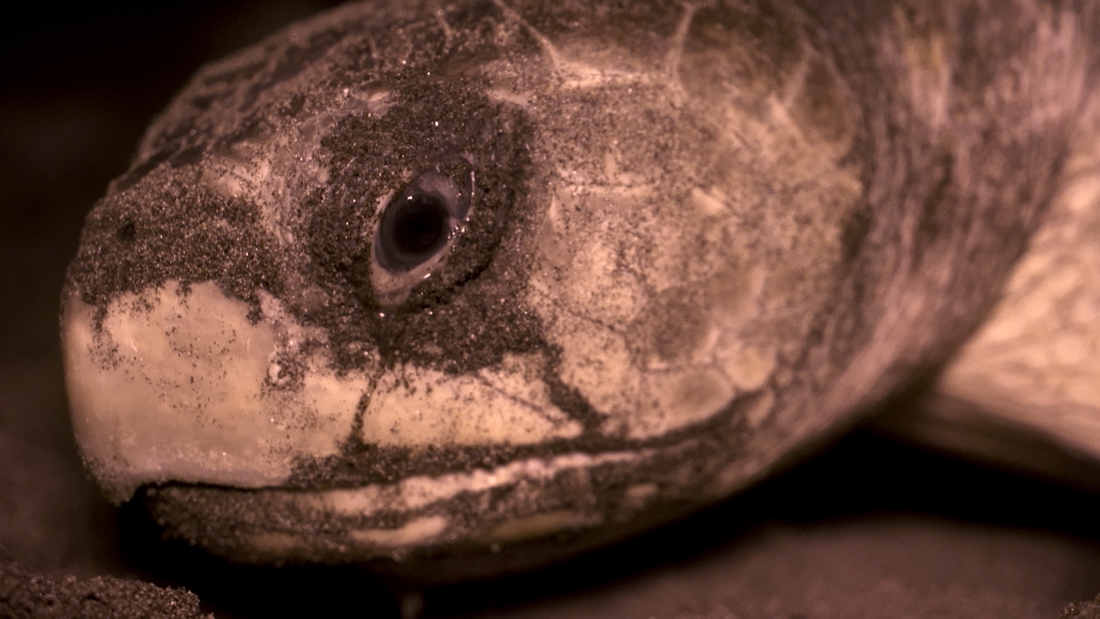
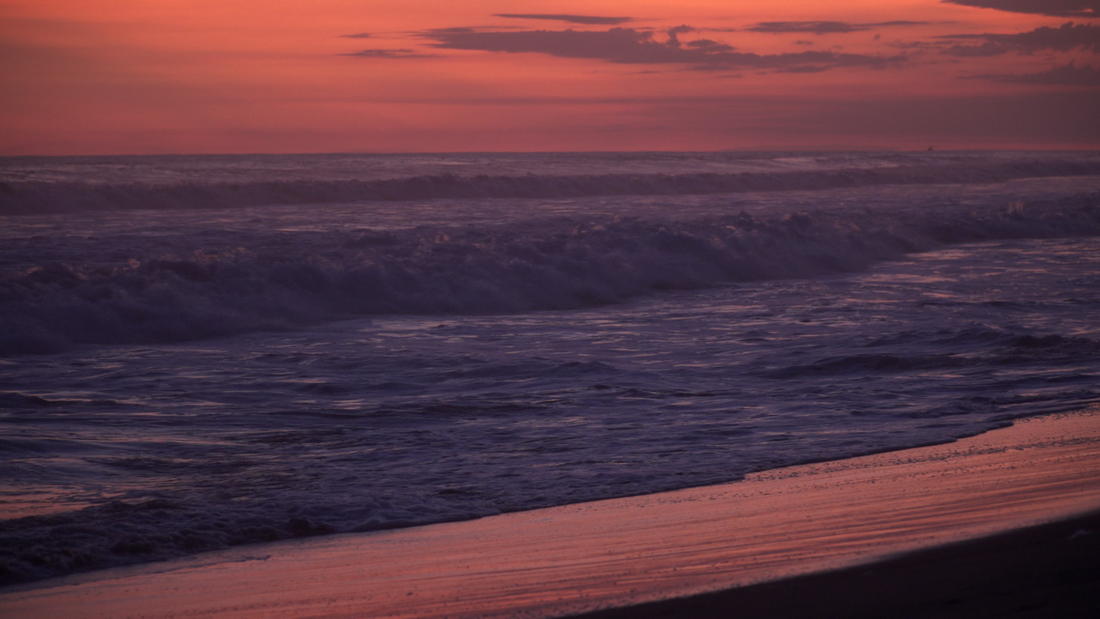
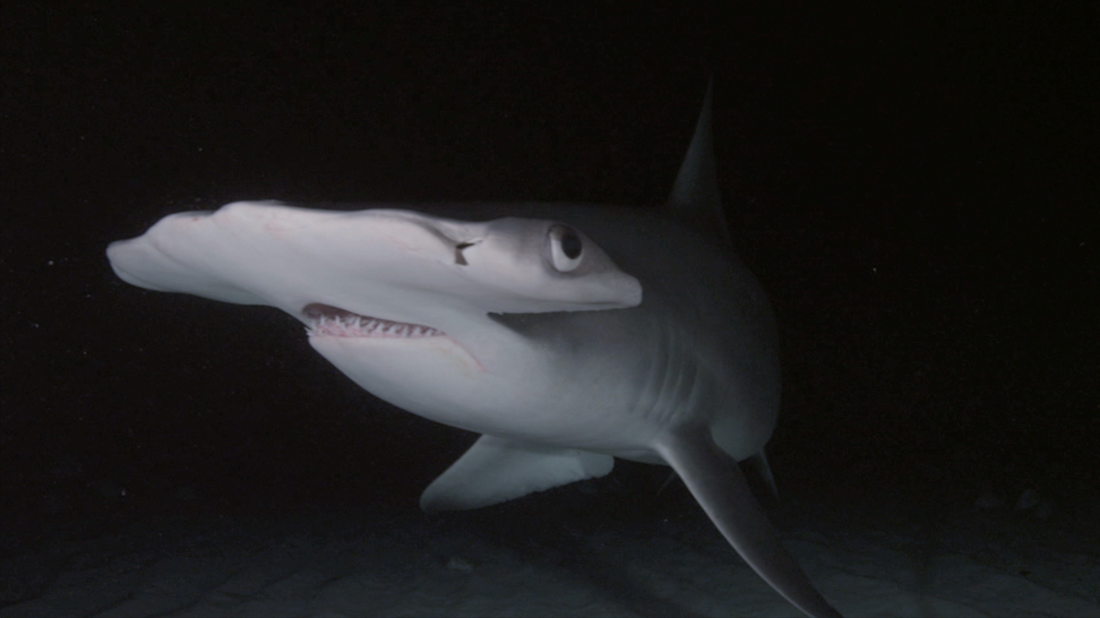
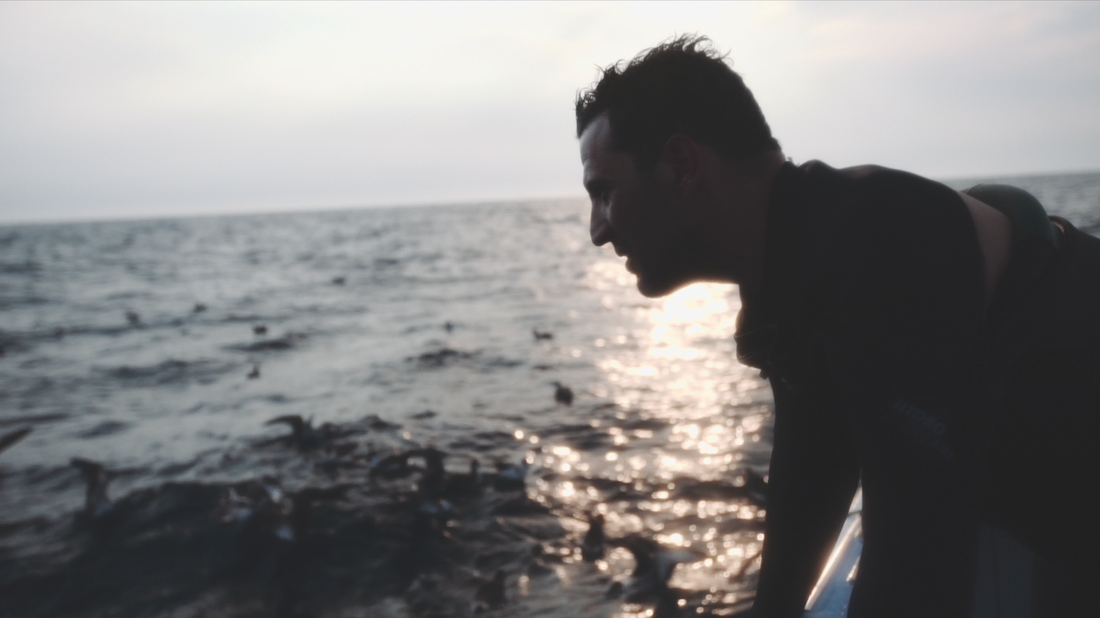
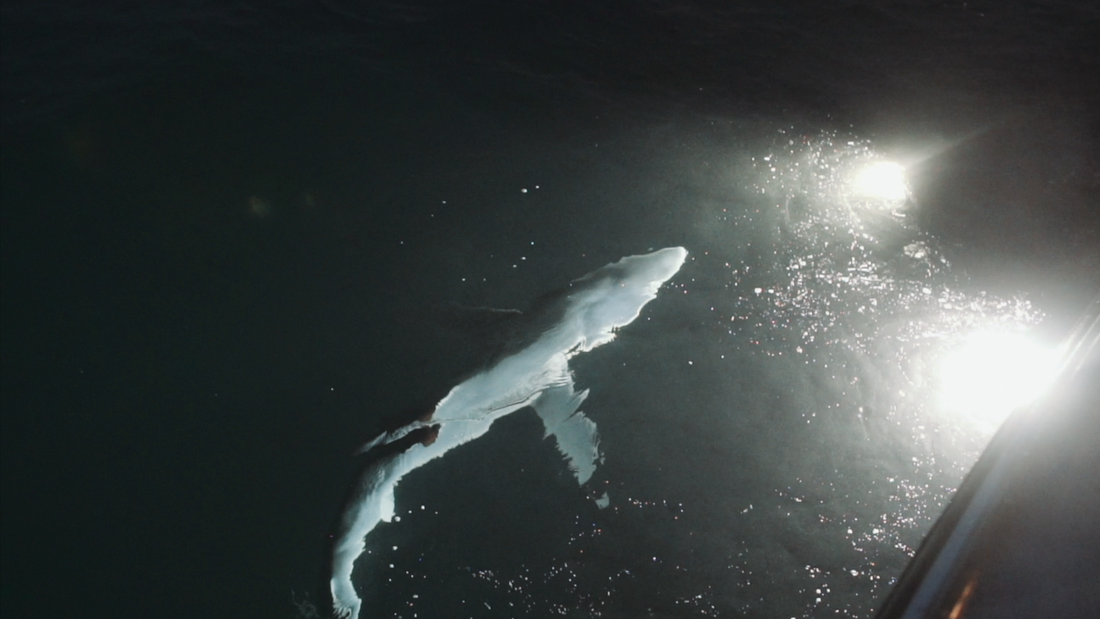
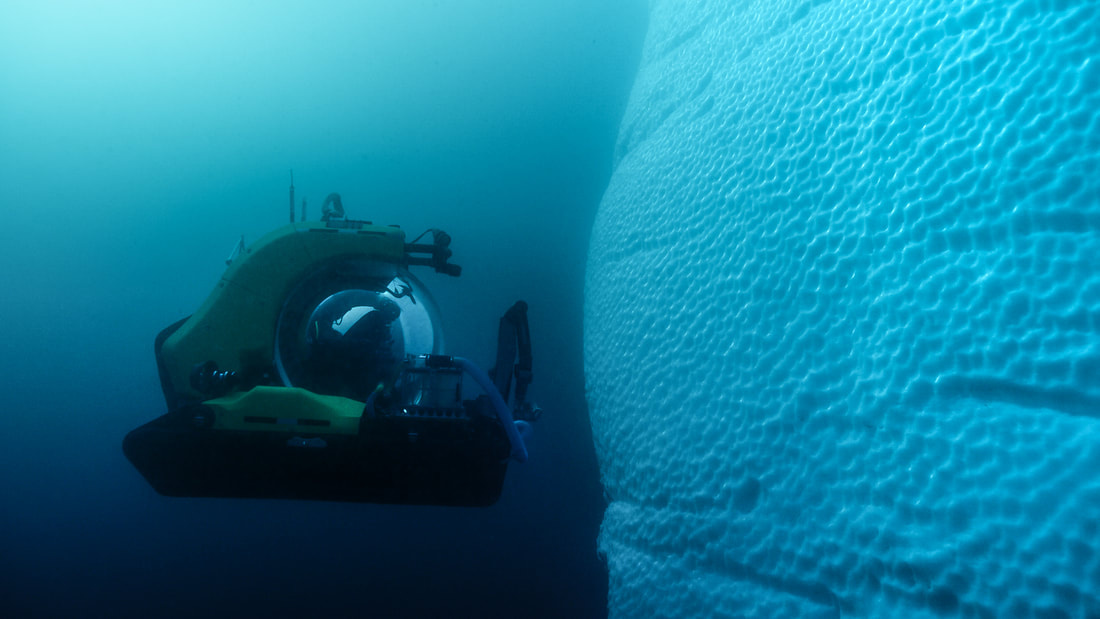
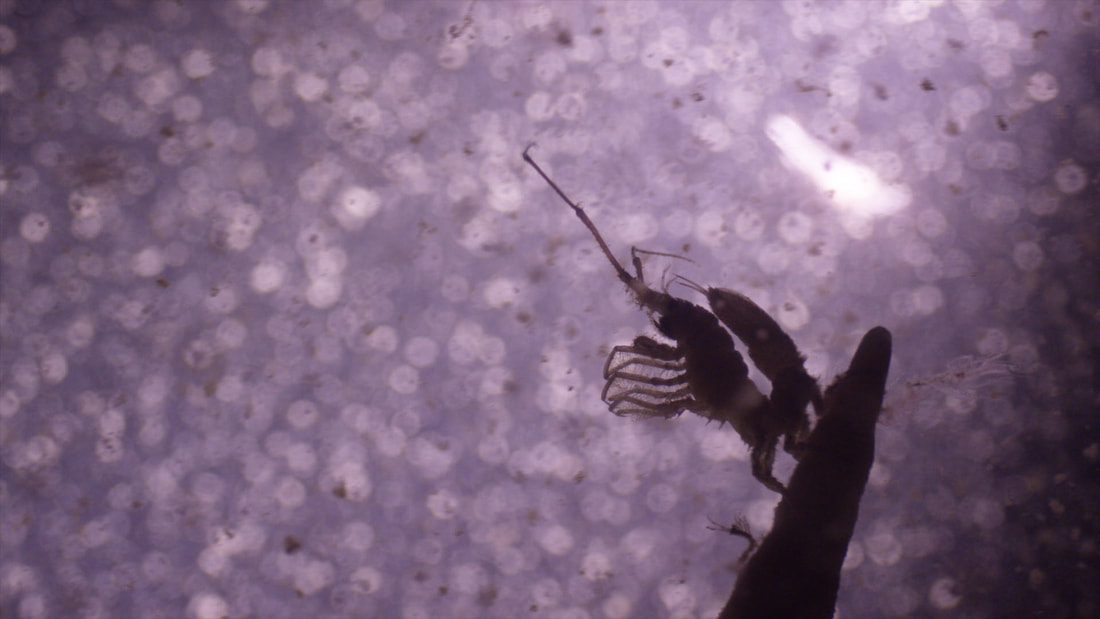
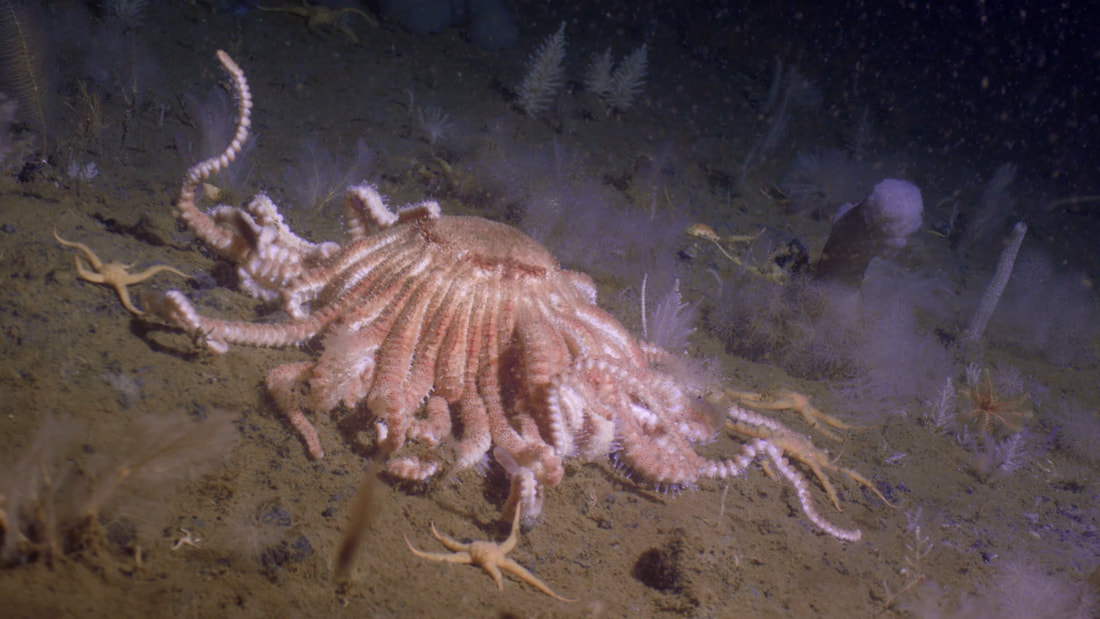
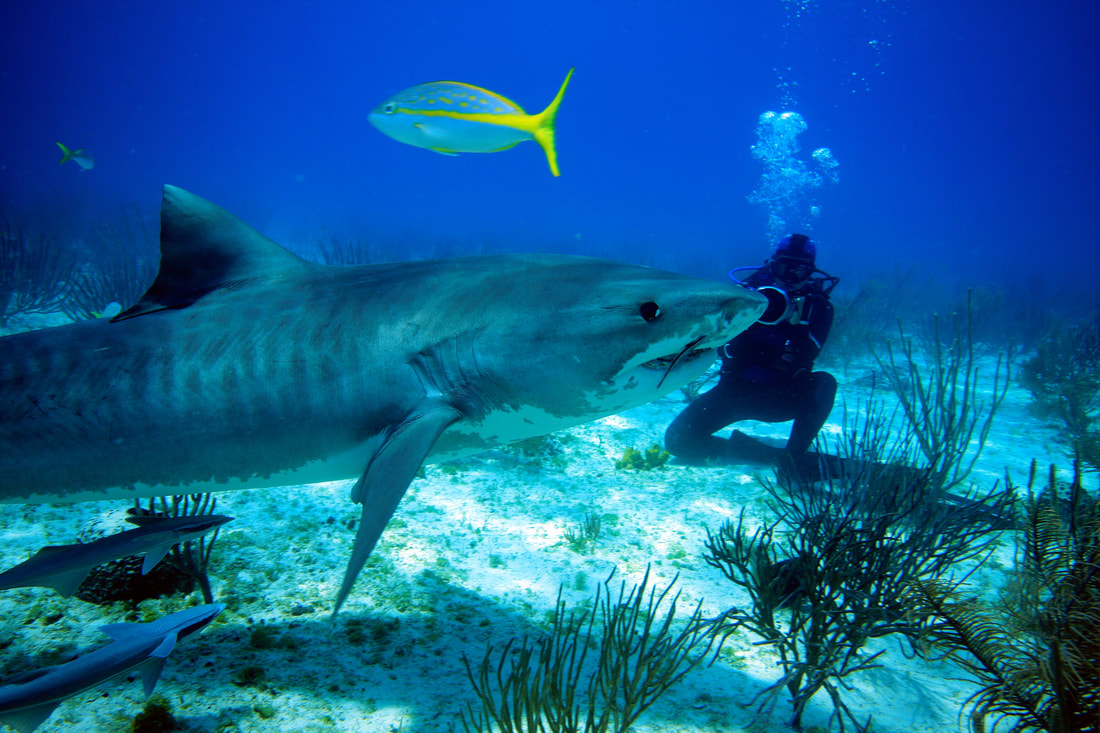
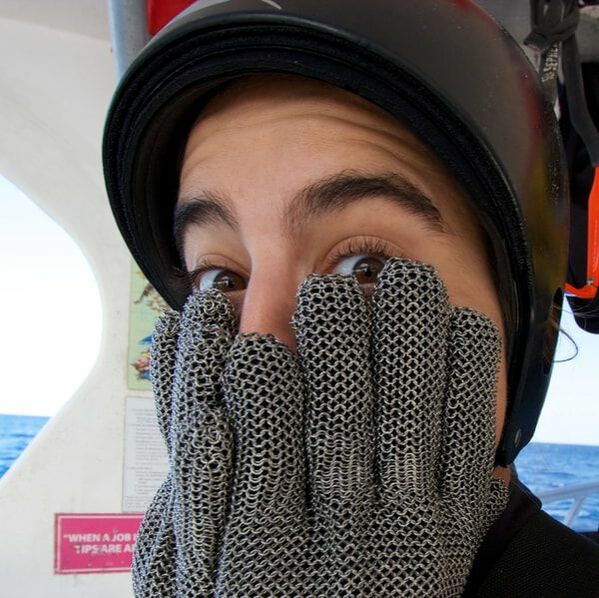
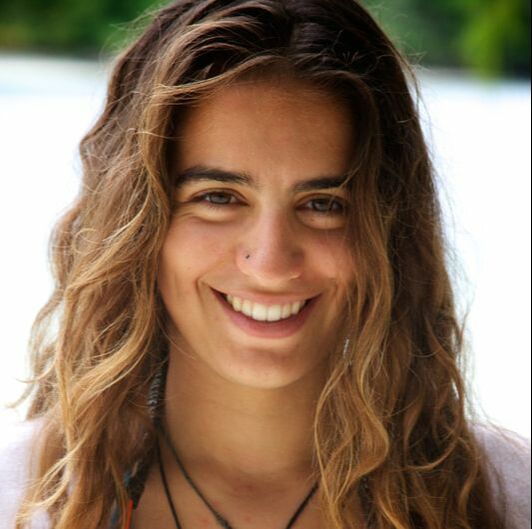
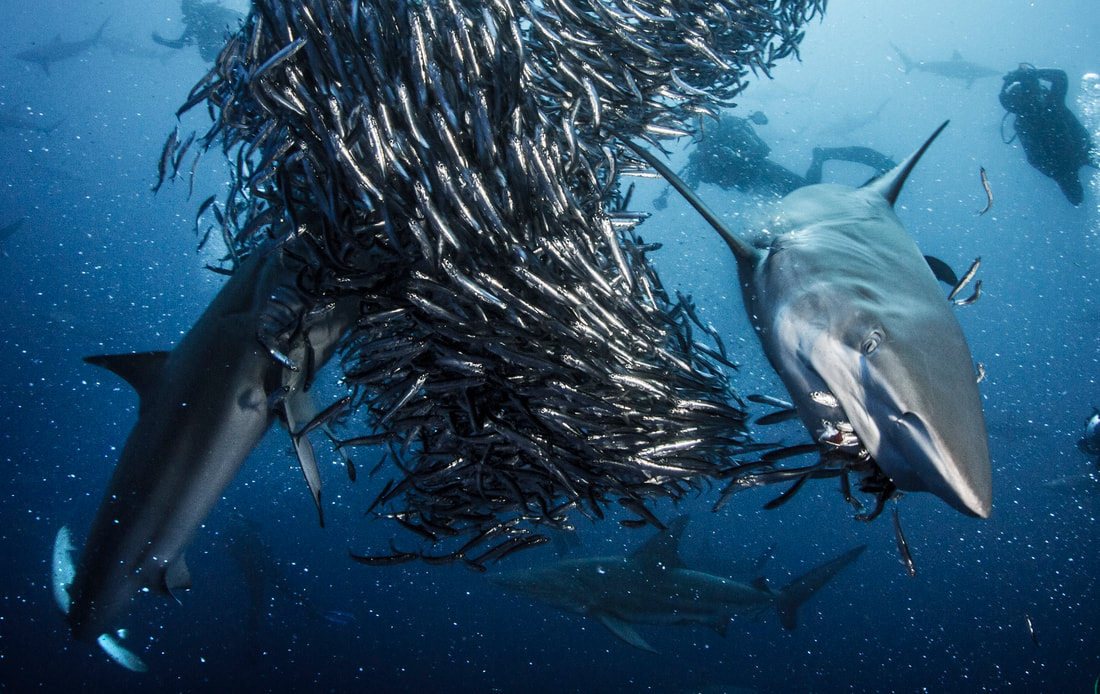
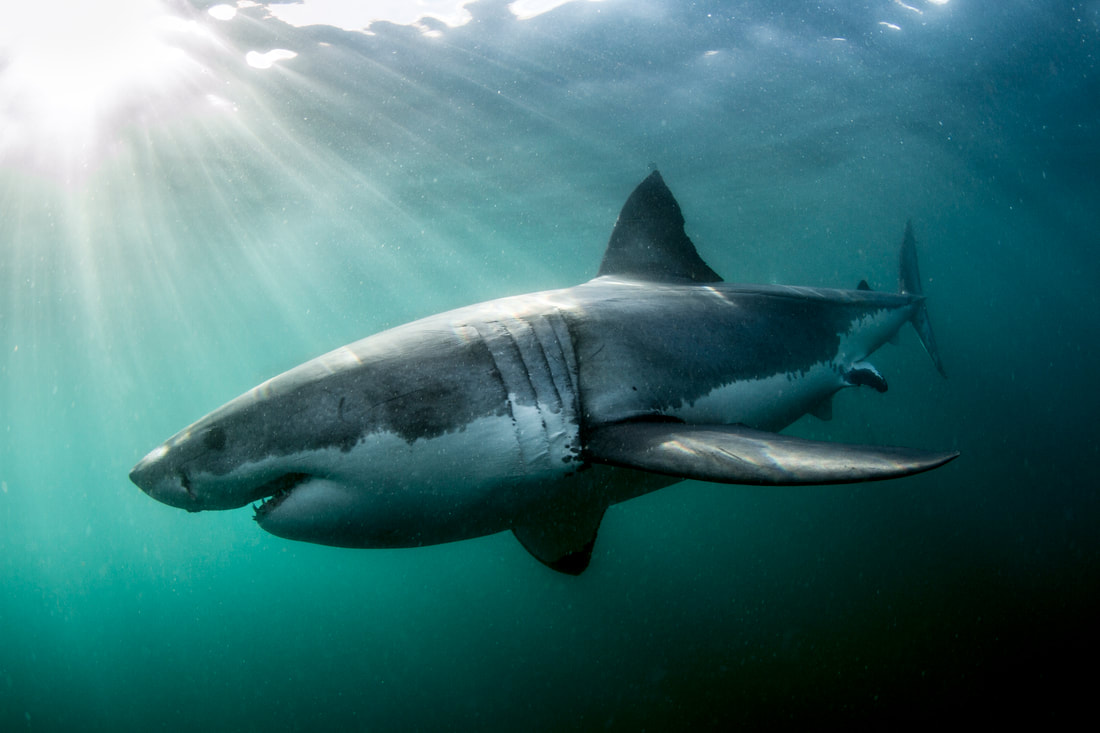
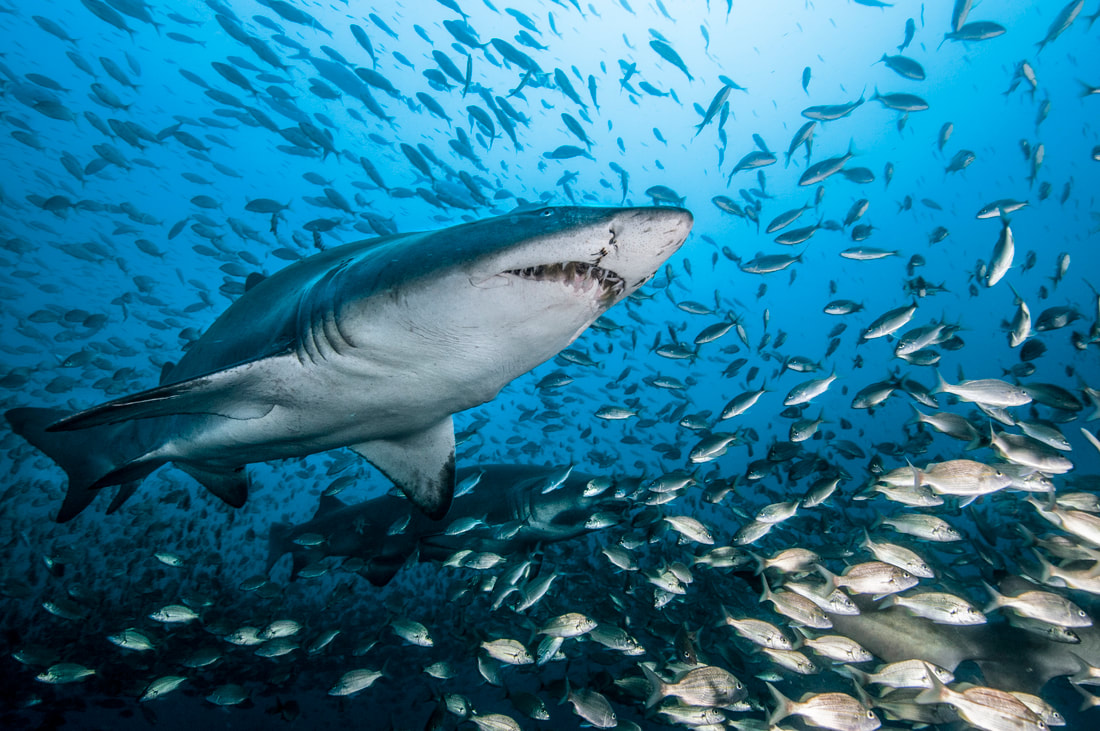
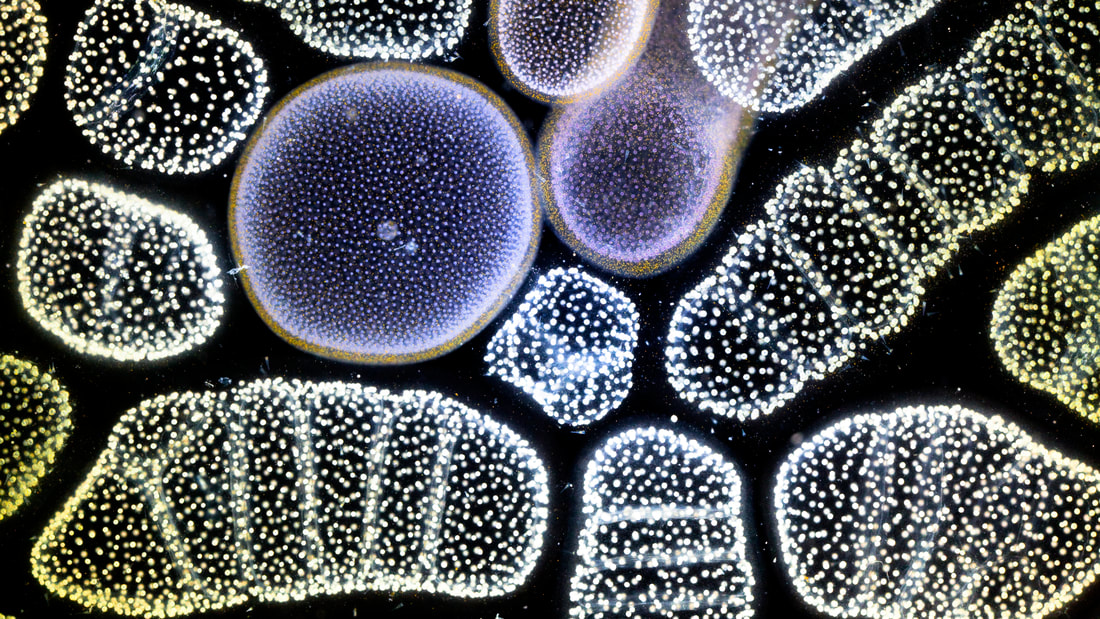
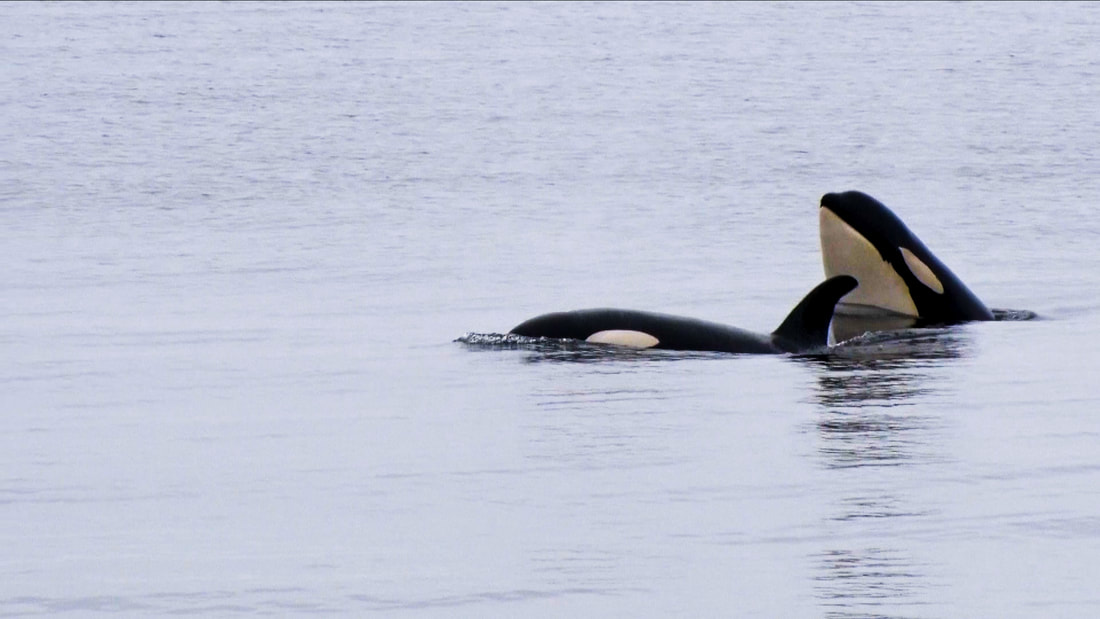
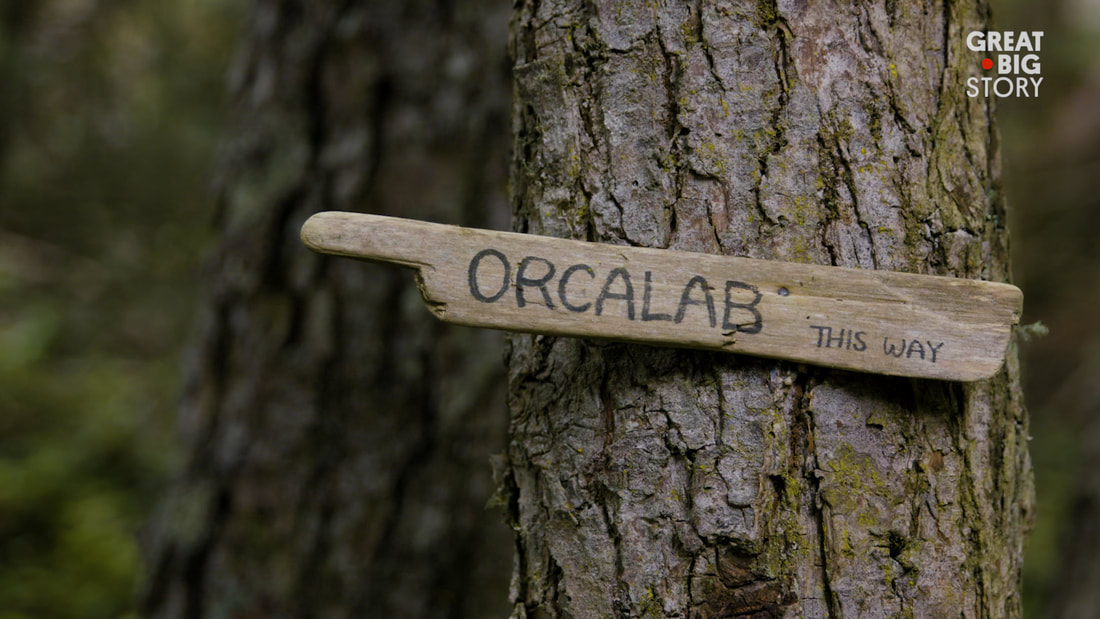
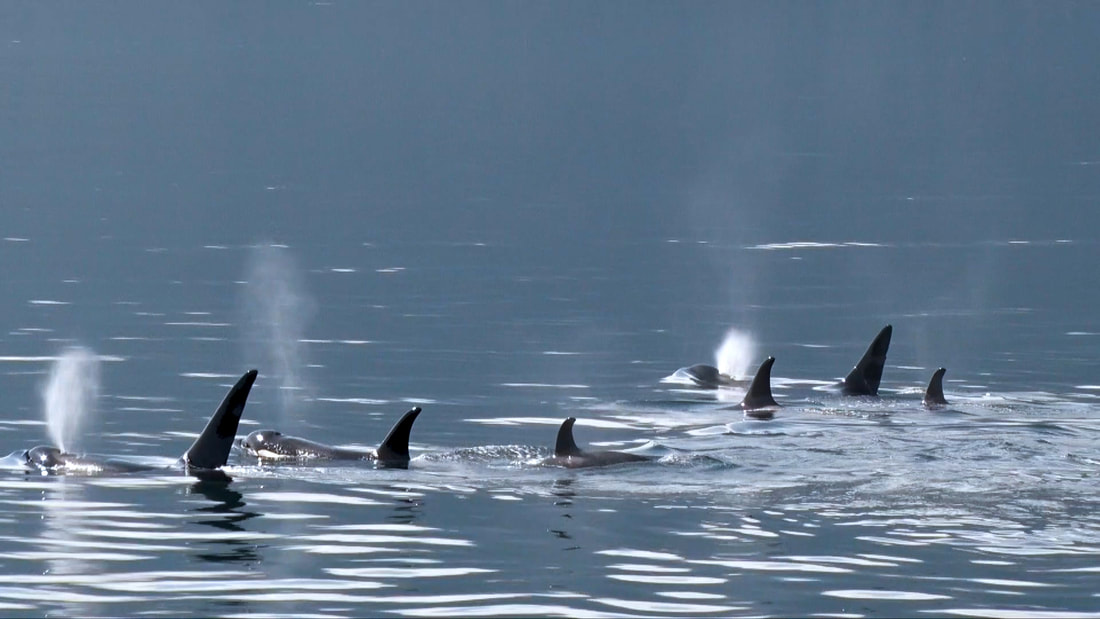
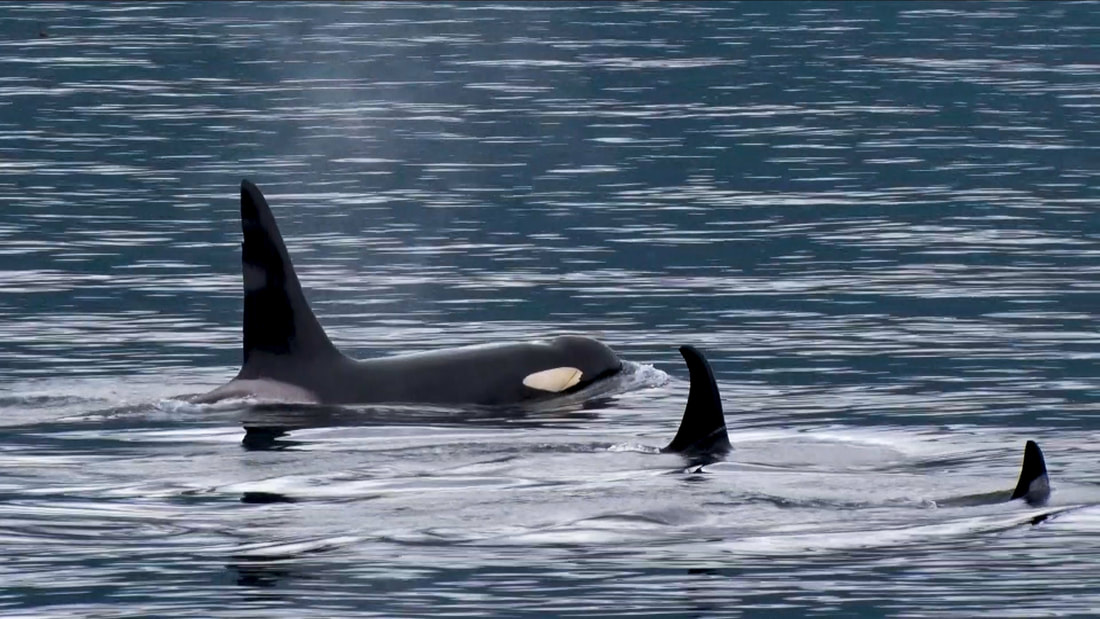
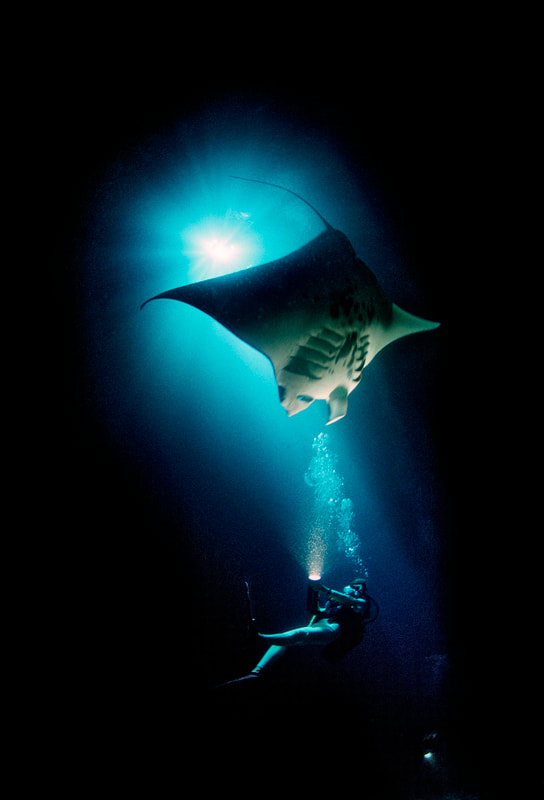
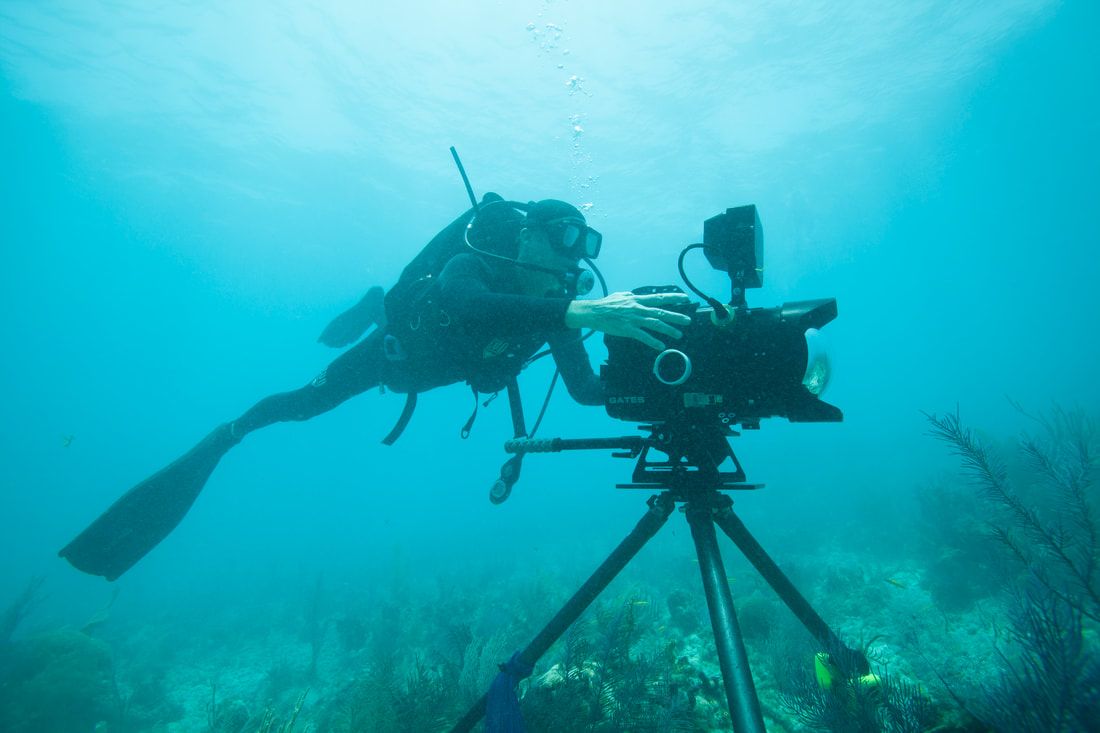
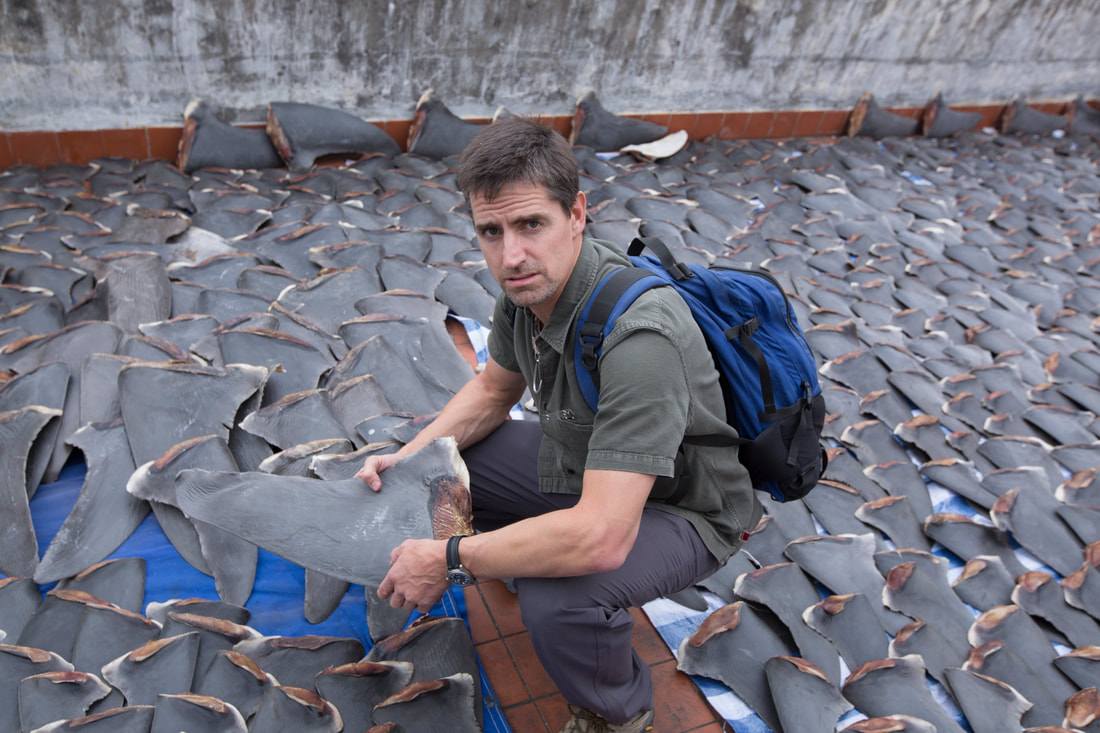
 RSS Feed
RSS Feed